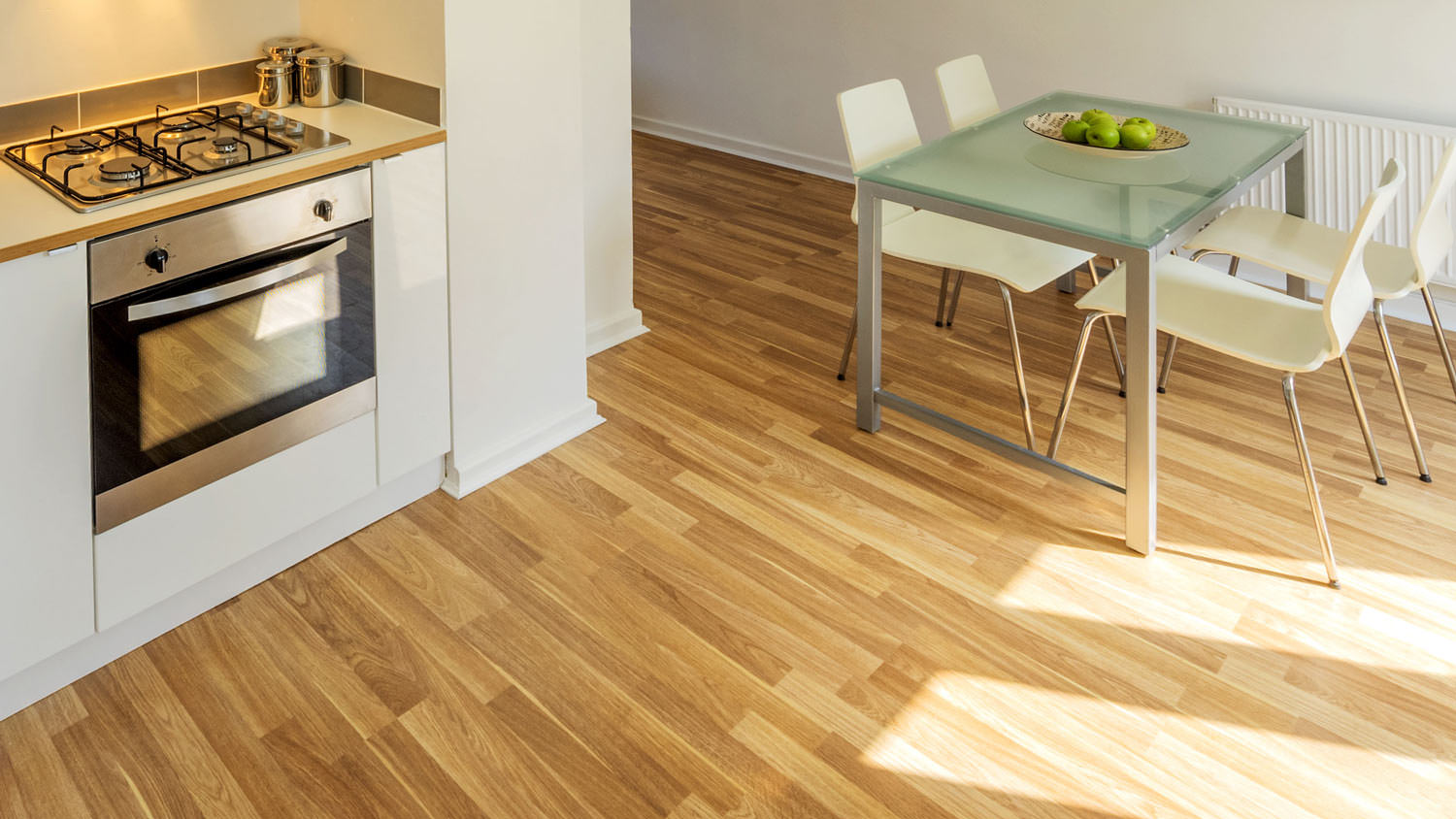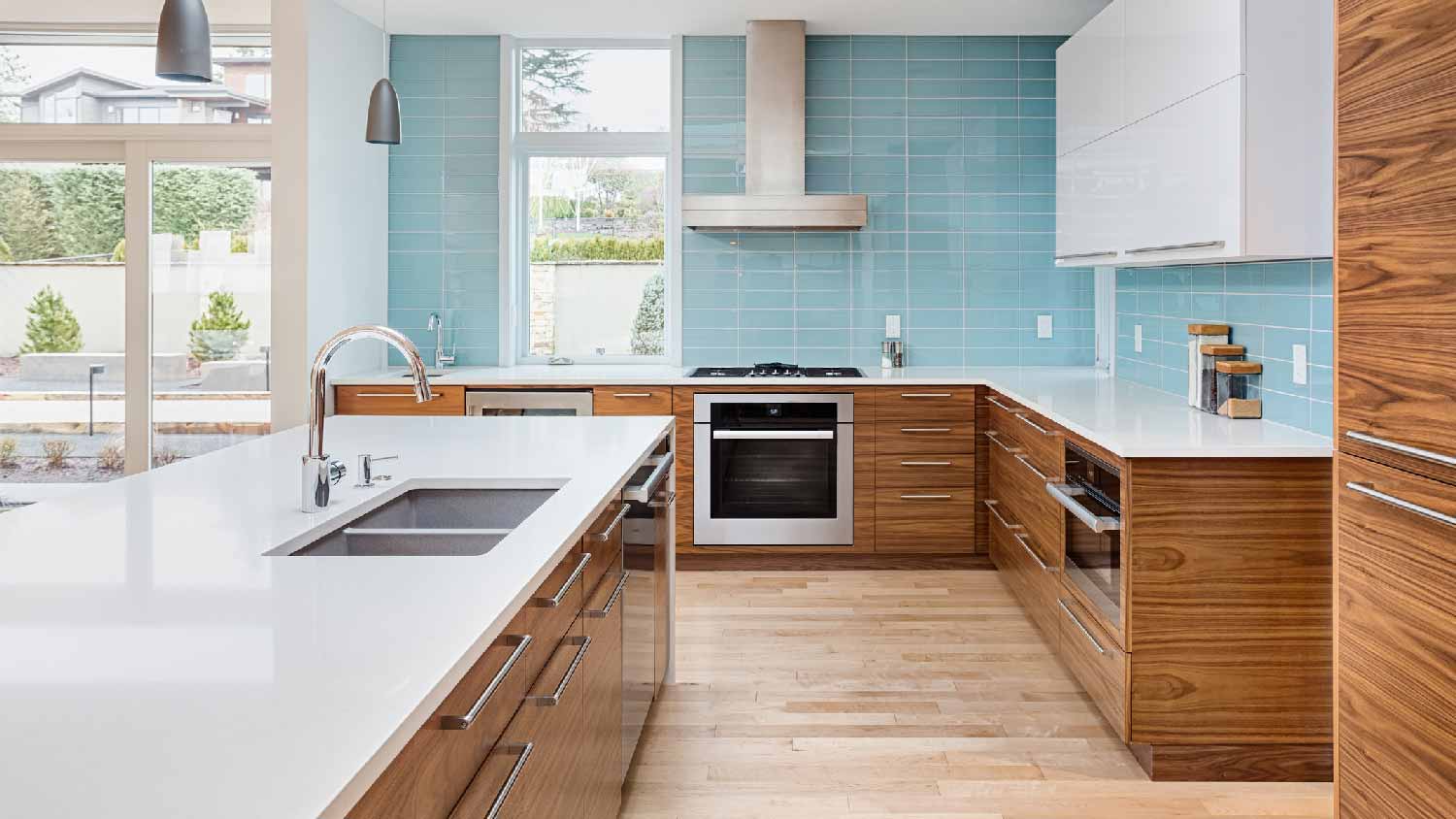
Removing tile flooring is a labor-intensive process. Here’s how much it costs to remove tile flooring, whether you hire the project out or do it yourself.
Rubber playground flooring costs between $2,450 and $4,150 on average, with most homeowners spending an average of $3,300. Your price depends on playground size, flooring type, and installation complexity.


Rubber playground flooring offers safety and durability for play areas.
Rubber playground flooring cost factors include size, material type, and installation complexity.
Expect to pay $5 to $15 per square foot to have rubber playground flooring installed.
Professional installation for $1 to $4 per square foot ensures proper drainage and long-term performance.
Maintenance is minimal, but periodic cleaning and repairs may be needed.
This article was created using automation technology and thoroughly fact-checked and edited by an Angi Editor in accordance with our AI policy.
On average, rubber playground flooring costs between $2,450 and $4,150 for a standard 200 square foot residential play area, with most homeowners paying an average of $3,300. Prices range from $5 to $15 per square foot installed, depending on the material type and project size. Understanding these costs helps you plan a safe, long-lasting play space for your family.
Rubber playground flooring provides a cushioned, slip-resistant surface that helps prevent injuries. In this guide, we’ll break down the main cost factors, compare flooring types, and offer tips for budgeting your project.
Several factors influence your final rubber playground flooring cost. Here’s a closer look at how your total breaks down.
The size of your playground is the single biggest factor in determining rubber playground flooring cost. Most residential play areas range from 200 to 600 square feet, though larger custom spaces are possible. To estimate costs accurately, measure the length and width of your play area and multiply them to calculate the square footage.
Here’s how average playground sizes affect total cost:
| Playground Size (Sq. Ft.) | Average Cost |
|---|---|
| 200 | $1,000–$3,000 |
| 400 | $2,000–$6,000 |
| 600 | $3,000–$9,000 |
| 1,000 | $5,000–$15,000 |
Choosing the right type of rubber playground flooring is key to balancing safety, cost, and ongoing maintenance. Each type offers unique features and impacts your total budget differently. Here’s what you need to know:
Poured-in-place rubber: Creates a seamless, cushioned surface with high safety ratings. It’s durable and customizable, but comes with higher upfront costs.
Rubber tiles: Pre-formed squares that lock together are easier to repair and install, though seams can collect debris.
Rubber mulch: Uses loose, shredded rubber pieces. It’s budget-friendly and offers good impact absorption, but requires periodic raking and topping off.
Interlocking mats or rolls provide quick installation for small or temporary spaces, but may shift over time and offer less impact protection.
Each type varies in safety, durability, and required upkeep. Consider your family’s needs and playground usage.
| Flooring Type | Description | Cost per Sq. Ft. | Pros | Cons |
|---|---|---|---|---|
| Poured-in-place | Seamless, customizable, durable | $12–$18 | Top safety, custom designs, long life | High cost, pro install required |
| Rubber tiles | Interlocking, modular squares | $10–$16 | Easy repair, DIY possible, durable | Visible seams, can shift |
| Rubber mulch | Loose, shredded rubber | $6–$12 | Affordable, good impact absorption | Needs replenishing, uneven surface |
| Rubber roll or interlocking mats | Pre-cut, portable sheets | $5–$10 | Affordable, easy to install | Less impact protection, can shift |
Rubber playground flooring cost varies by region due to differences in labor, material availability, and climate. Urban areas often see higher labor rates, while rural locations may face higher material delivery charges. Severe climates (such as freeze/thaw zones) can increase installation complexity, impacting your budget.
Professional installation is crucial for safety and longevity. Flooring contractors and playground specialists charge $1 to $4 per square foot, or $15 to $100 per hour. Labor costs include site prep, installation, and finishing. Minimum project fees may apply, especially for small jobs.
Some municipalities require permits for playground installations, especially if site grading or drainage is involved. Permit costs range from $50 to $300. Always check local codes, as inspections may be needed after installation.
Custom colors, patterns, or logos can raise costs by 10% to 30%. Upgrades like integrated drainage, extra-thick surfacing, or accessible ramps also increase your budget. Adding bases for play equipment or anchoring structures safely may require additional labor and materials.
Site complexity, such as slopes or poor drainage, may require land grading.
Difficult access for equipment or materials can increase labor charges.
Site preparation tasks, including excavation or removing old surfacing, add to the bill.
Delivery fees for heavy materials sometimes apply.
Design or consultation fees may be charged for custom layouts.
Final safety inspections or certifications may cost extra.
Beyond installation, several ongoing and one-time expenses can affect your total project cost.
Many manufacturers and installers offer warranties ranging from five to 15 years. Longer or more comprehensive warranties often increase upfront costs but provide peace of mind against defects or premature wear.
Rubber playground flooring is easy to maintain, but you’ll need to budget for occasional cleaning supplies, resealing products, or mulch replenishment. Annual upkeep costs average $100 to $300, depending on playground size and flooring type.
Routine cleaning involves sweeping or rinsing the surface to remove debris. Poured-in-place surfaces may need resealing every few years, while tile replacements or patching are common for damaged areas. Prompt repairs help extend flooring life and keep play areas safe.
| Task | Frequency | Average Cost |
|---|---|---|
| Sweeping/rinsing | Weekly/monthly | $0–$100 per year |
| Resealing (poured-in) | Every 2–4 years | $300–$800 |
| Tile/mat replacement | As needed | $20–$80 per tile |
| Mulch replenishing | Annually | $400–$1,200 |
| Patch repairs | As needed | $200–$800 |
Sales tax on materials and installation services ranges from 5% to 10%, depending on your location. Always factor local tax rates into your total project budget.
Installing rubber playground flooring may lower your homeowners insurance premium, thanks to its safety benefits. Keep documentation of installation and materials if your insurer requests proof or offers discounts.
Some homeowners consider installing rubber playground flooring themselves to save money. Material-only costs range from $5 to $15 per square foot. DIYers need tools like trowels, rollers, and safety gear, and should budget extra time for site prep and installation.
Risks include improper installation, reduced safety, and voided warranties. Professional installation is best for poured-in-place and complex sites, while handy homeowners might tackle tile or mulch installations in small spaces.
| Installation Method | Average Cost | Pros | Cons |
|---|---|---|---|
| DIY | $700–$3,000 | Lower cost, flexible schedule | High labor, risk of errors, no warranty |
| Professional | $1,000–$15,000 | Expert results, warranty, safe | Higher cost, must schedule |
Over time, rubber playground flooring may need repairs or full replacement. Minor cracks, surface wear, or loose tiles can often be patched for a fraction of the replacement cost. However, widespread damage, safety hazards, or flooring at the end of its lifespan often require a full replacement.
If repair costs approach 50% of replacement costs, it’s often more cost-effective to replace the flooring. Warranties and the flooring’s age can also impact your decision.
Installing rubber playground flooring can increase your home’s appeal, especially for families seeking safe, accessible outdoor spaces. Many buyers value the low-maintenance, durable surface and may see it as a premium upgrade over mulch or turf. The safety benefits, universal design, and improved curb appeal can contribute to a positive return on investment.
Compared to other outdoor upgrades, rubber playground flooring stands out for its long lifespan and potential to reduce injuries, which may help lower your homeowners' insurance premium.
Consider these cost-saving strategies to make your rubber playground flooring installation more budget-friendly:
Get multiple quotes from local synthetic flooring installers to ensure competitive pricing.
Choose standard colors and designs over custom options.
Schedule installation during off-peak seasons.
Prepare the site yourself (e.g., remove old surfacing, clear debris).
Purchase materials in bulk for larger projects.
Maintain flooring regularly to extend its lifespan and avoid costly repairs.
Consider phased installation for large areas.
Home is the most important place on earth, which is why Angi has helped more than 150 million homeowners transform their houses into homes they adore. To help homeowners with their next project, Angi provides readers with the most accurate cost data and upholds strict editorial standards. We extensively research project costs to develop the pricing data you see, so you can make the best decisions for you and your home. We rely on reputable sources, including the U.S. Bureau of Labor Statistics, academic journals, market studies, and interviews with industry experts—all to ensure our prices reflect real-world projects.
Want to help us improve our cost data? Send us a recent project quote to [email protected]. Quotes and personal information will not be shared publicly.
From average costs to expert advice, get all the answers you need to get your job done.

Removing tile flooring is a labor-intensive process. Here’s how much it costs to remove tile flooring, whether you hire the project out or do it yourself.

How much does marble flooring cost? We’ve got the answers about marble cost per square foot, types of marble, DIY cost, and more.

Updated flooring can make any room in your home feel brand new. Find out flooring installation costs, from materials to labor costs.

Updated flooring can make any room in your home feel brand new. Explore flooring installation costs in Washington, D.C., from materials to labor costs.

Updated flooring can make any room in your home feel brand new. Explore flooring installation costs in New York, NY, from materials to labor costs.

Looking for cheap flooring options? Learn about vinyl, linoleum, laminate, cork, concrete, and carpeting, along with tips for finding inexpensive flooring.